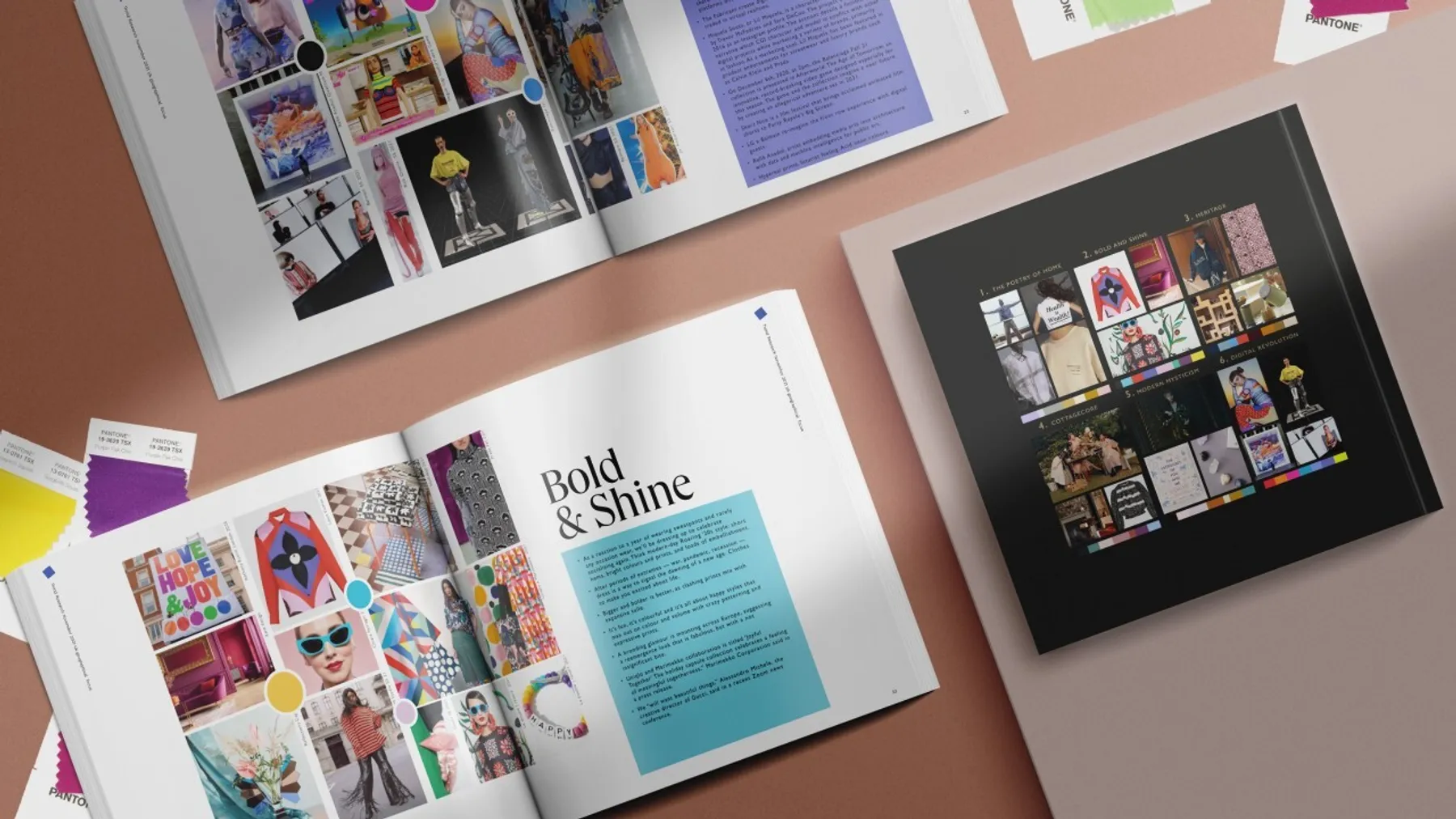Proving Licensing Effectiveness to Skeptical Stakeholders

Senior stakeholders rarely say yes without proof. Licensing champions know this all too well. Whether you’re leading a brand refresh, managing IP for a major entertainment property, or extending a heritage brand into new categories, one question keeps coming up:
“How do we know it’ll work?”
This article breaks down how Skew helps brand guardians answer that question credibly, confidently, and convincingly. We reveal the arguments, evidence formats, and communication tactics that help win over even the most hardened internal sceptics.
Why the business case often fails
Too often, licensing is pitched as “brand value maximisation” or “low-risk revenue growth.” That’s not enough. For CMOs, and rights holders, these claims sound vague and risky for a rounded IP.
Here’s the problem:
- Brand managers default to guidelines that are optimised for control not retail inspiration.
- Curators fear cultural dilution.
- Show-runners want literal screen-to-shelf translations that fall flat on the shop floor.
Skew exists to bridge these gaps—between brand, business, and audience.
Case 1: Sports brands – the risk of the polo shirt trap
A well-meaning brand manager follows guidelines to the letter. The result? A sea of promotional-looking merchandise. All very on-brand. Never going to get set sports fandom on fire.
Skew’s fix:
- We start with a deep profile of your contemporary consumer.
- We audit competitors and historical benchmarks to surface like-for-like retail executions.
- We show - not tell - how top-performing products departed from guidelines strategically, not accidentally.
This changes the conversation from “Can we?” to “How could we not?”
Case 2: Heritage brands – when the gatekeeper is a curator
Here, it’s not about commercial logic. It’s about cultural sensitivity. Curators are often wary, sometimes hostile, to commercialisation.
Skew’s fix:
- Begin with genuine curiosity about the subject matter.
- Use previous examples to show how extensions brought their work to new audiences.
- Demonstrate alignment with the institution’s goals—education, reach, preservation.
This is not persuasion. It’s trust-building. Being authentically engaged works - who knew?
Case 3: Entertainment IP – the challenge of creative control
Show-runners may have lived with their IP in their heads for YEARS before production. They want fidelity. It’s totally understandable. But the realities of product design demand adaptation.
Skew’s fix:
- We use retail context to show why full-colour logo slaps fail.
- We present concept designs side-by-side: literal vs lifestyle.
- We highlight how over-detailed identities vanish on crowded streaming platforms, let alone retail shelves. These comparisons don’t undermine their vision. They enhance it.
What really works: three principles
1. Build relationships
Understand the hopes and fears of your stakeholders. Don’t “sell it in”—earn their trust.
2. Show, don’t tell
Use case studies, creative comps, and real-world benchmarks. Let the evidence speak for itself.
3. Prove it
Wherever possible, yes ok - bring the metrics. What worked, how well, and why.
A story we won’t forget
We once stood in front of a respected production company pitching a brand extension brief. One problem: they LOVED their terrible (and I mean REALLY AWFUL) placeholder logo. It wasn’t part of our brief, but we couldn’t ignore it.
We had to say the hard thing.
That logo, like sunglasses bought when drunk on Insta - we convinced ourselves we love them but really they make us look like a STRAVA Dad, seemed like a good idea at the time. That logo had to go.
- We build trust
- Provided comparisons
- Shared how it wouldn’t work on their target platform
- We told the truth, with care.
Dear reader - we won the work.
Myth to kill: Effectiveness ≠ ROI alone
You won’t win hearts with metrics alone. Effectiveness is also cultural. Contextual. Human.
Stakeholders say yes when they feel heard, respected, and safe in your hands.
I’ll leave you with this -
If you’re trying to secure buy-in for brand licensing or extension, here’s what matters:
- Do the work to understand your audience.
- Show that you get their world.
- Earn trust through evidence, relevance, and respect.
Don’t aim to win the argument. Bring people with you.
That’s what effectiveness really looks like.






